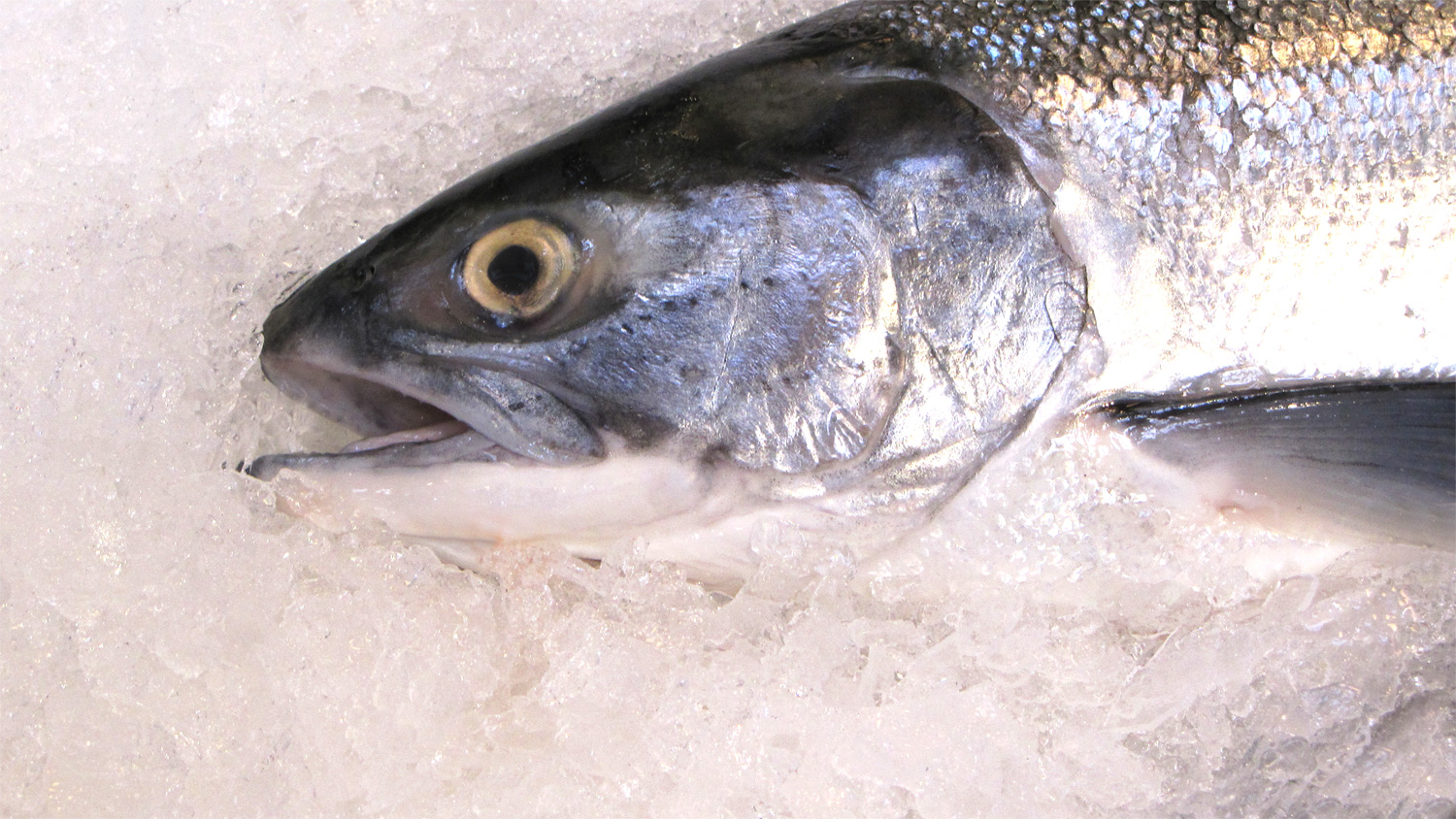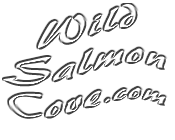The best salmon in the world comes from British Columbia, Canada.

For the first hundred years and more wild salmon came almost straight off a fishing boat and to your plate, but over the last thirty years … things have changed considerably.
Many species of wild fish have almost gone the way of the buffalo, beaver, and Atlantic cod, and some unfortunately, actually have disappeared.
Humans have a tendency to consume everything in our path, by design or accident, and sometimes accidental design. Thankfully, the Canadian government has stepped up efforts to reinvent and modernize fisheries.
Granted, one can buy wild salmon from other countries, but it won’t come with the highly respected Canadian heritage that millions of people count on every day.
Premium quality, taste, and trust are hallmarks of Canadian seafood.
The immediate challenge however is that the world overfished oceans to breaking points for many salmon species, and now wild capture fishing boats can’t keep pace with consumer demand. Part of our solution thirty years ago was open-net pen fish farming in the Pacific. Unfortunately it created more challenges than it provided benefits.
Fish farming in the ocean seems to be able to supply the volume necessary, but unfortunately, our oceans and indigenous wild fish have become collateral damage.
Naturalists are concerned that open-net pen fish farming creates unsafe environmental issues in the vicinity of farms, and that it increases the density of dangerous viruses that put undue pressure on local wild salmon stocks. There are other serious issues too, like jelly-flesh and sea lice, plus the pollution that accumulates below open-net pens.
The solution is to move open-net pen fish farms inland and make them land-based where they won’t do more damage.
Land-based fish farming is better for our oceans, for fish species, and consumers. It’s a win, win, win all the way around. It also has challenges, but the benefits far outweigh the downsides.
Making good food choices grows harder every day for a wide variety of reasons. It gets harder everyday to buy food not just for yourself, but also for your family. Busy home cooks and shoppers have to please what can sometimes be a very picky group of eaters.
Wild BC salmon comes in five species, and each of these species has its own provenance, similar to wine or cheese. The taste and texture varies depending on whether the wild salmon is Sockeye, Chinook, Coho, Pink, or Chum, plus it can also change depending on how and where the fish was caught, and when.
Farmed Atlantic salmon is in a category of its own. It’s not wild, but new fish farming technologies like WCA – Wild Caught Aquaculture can bring it the closest it has ever been to being wild in taste and texture. When you incorporate RAS IMTA and AQUAPONICS, it puts a whole new taste in your mouth that is satisfying, good for our oceans, and great for fish species.
Land-Based WCA RAS IMTA Aquaponics fish are also a more pure fish and do not contain levels of mercury, PCBs, and plastic found in wild or open-net farmed fish …

The smarter you are about food choices, the happier you and your family will be when they put each delicious morsel of wild or wild-caught farmed salmon into their mouths. BC salmon naturally contains Omega-3 that is good for your heart and mind.
Premium quality means many things to different people. A chef for example at a fine restaurant goes to great lengths to create a relationship with a fisher who not only knows where and when to harvest wild BC salmon, but who also knows how to capture, clean, preserve, and deliver their catch to the restaurant’s kitchen.
Chefs are now also forging relationships with fish farmers, although it has been a slow process because the quality has been inconsistent and challenging. There are exceptions of course, i.e., some farmers are experimenting with sablefish, halibut, lingcod and rockfish, but they are still in nascent stages and not quite ready for high volume mainstream.
Each step along the way contributes to the taste, freshness, and visual appeal of wild BC salmon. You might not realize it, but how your food looks and is presented to you, or, in Foodie vernacular, how it is plated, makes a huge difference in gastronomical satisfaction. One weak link in the chain and the overall experience suffers.
Many home cooks are also just as meticulous, but they have a slightly different set of requirements. For example, they have to design one meal that appeals to the entire family. In a restaurant, each person at the table can order a different meal, but in today’s busy home kitchens “one-size fits all” is usually the standard.
Unbelievably in this day and age, in the west, and considering the health and carbon benefits of eating fish, the biggest complaint for not eating seafood is that it “stinks up’ the home. Price is the number two complaint.
A home cook is also probably the shopper, so when you stand in front of the display at your fish monger or local grocer you really need to be able to quickly see what they have available, and to be able to trust that the decision you make is good for your entire family. Kids have different palates than older more sophisticated eaters.
Basically, there are two ways to make it easier to make the right choice about the fish you purchase. The first is staring you in the face right. The Internet! It’s a great resource to learn about the subtle differences, whether you use WildSalmonCove.com, or the many websites and social media platforms published by very knowledgeable fish retailers, fishers, farmers, chefs and home cooks.
The second way is to talk to your friends and community, and also experts in our industry when you visit their establishments. You’ll find they are all eager to help you learn and share their expertise. They all also feel that an educated consumer is good for everyone, so they will go out of their way to help you.
All you have to do is ask, and insist on wild BC salmon that comes FRESH in season, and FROZEN the rest of the year from our cold and pristine Pacific ocean and rivers!
It won’t be long before you have another choice; Wild Caught, RAS, IMTA Aquaponics fish raised in pure water in land-based fish farms!
It could happen sooner than you think.



Comments